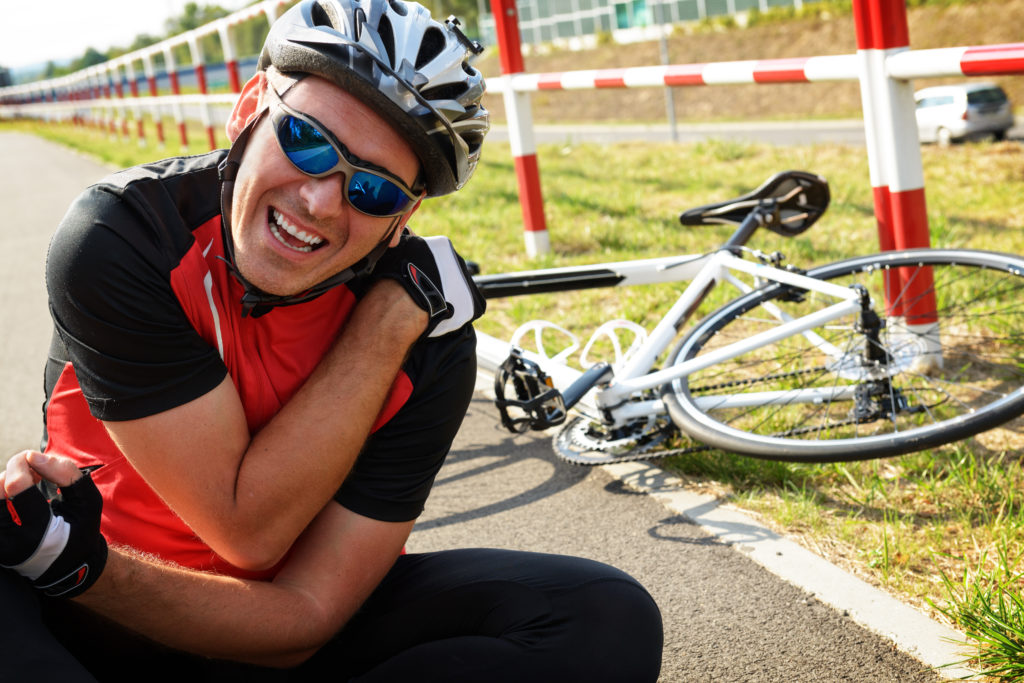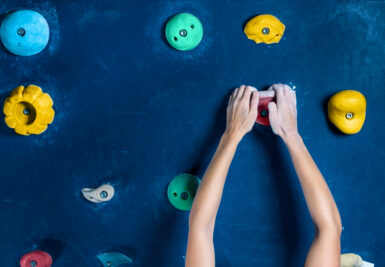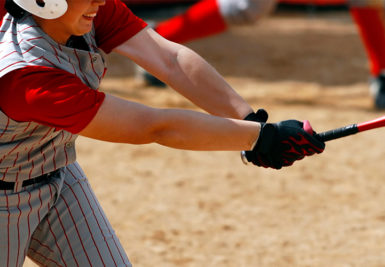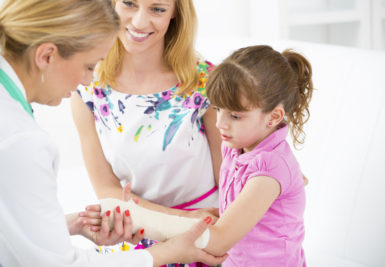A superior labrum anterior and posterior (SLAP) tear is an injury to the labrum of the shoulder, which is a ring of cartilage that surrounds the socket of the shoulder joint.
Anatomy
The shoulder is made up of three bones: the upper arm bone (humerus), the shoulder blade (scapula) and the collarbone (clavicle). The shoulder is a ball-and-socket joint, which means the ball of the upper arm fits into a shallow socket in your shoulder blade.
This socket is called the glenoid and is surrounded by a rim of strong, fibrous tissue called the labrum. The labrum helps deepen the socket and stabilize the shoulder joint. It also serves as an attachment point for many of the ligaments in the shoulder as well as one of the tendons from the biceps muscle in the arm.
In a SLAP injury, the top (superior) part of the labrum is injured. This top area is also where the biceps tendon attaches to the labrum. A labral tear occurs both in front (anterior) and back (posterior) of this attachment point. The biceps tendon can be involved in the injury as well.
Cause
Labral tears can be caused by acute trauma or by repetitive shoulder motion, including: a car accident, a fall on an outstretched arm, forceful pulling on the arm, rapid or forceful movement of the arm when it is above the level of the shoulder and a shoulder dislocation.
People who participate in repetitive overhead sports, such as throwing athletes or weightlifters, can experience labrum tears as a result of repeated shoulder motion.
Many tears are the result of wearing down the labrum, which occurs slowly over time.
Symptoms of a SLAP tear
- A sensation of locking, popping, catching or grinding
- Pain with movement of the shoulder or holding the shoulder in specific positions
- Pain with lifting objects, in particularly overhead
- Decrease in shoulder strength
- A feeling that the shoulder is going to “pop out of the joint”
- Decreased range of motion
- Pitchers may notice a decrease in their throw velocity or experience a deadweight arm after pitching
Physician examination
To determine whether you have torn your labrum in your shoulder, your physician will ask you for a complete medical history, have you describe your symptoms and conduct a physical examination. An MRI is ordered (sometimes with contrast injected into the shoulder joint, which is called an arthrogram) to further evaluate for a labral tear.
Make an appointment with a shoulder specialist
Treatment
In most cases, initial treatment is nonsurgical. Nonsurgical options include:
- Non-steroidal anti-inflammatory medicine such as ibuprofen
- Physical therapy
- Flexibility and range-of-motion exercises
Surgical Treatment: SLAP tear surgery may be necessary if your pain causes disability and is not relieved with nonsurgical methods. Surgery is done arthroscopically (using a camera and instruments through small skin incisions). The labrum is evaluated arthroscopically to confirm the tear. The bone that the labrum attaches to is prepared to promote healing. Anchors, with high strength sutures in them, are then placed in to the top (superior) aspect of the glenoid (socket). The sutures are then passed underneath the torn labrum and knots are tied on the soft tissue side to secure the labrum to the bone.
Another option for surgery is a biceps tenodesis. The long head of the biceps tendon inserts onto the superior labrum and ‘pulls’ on it with overhead and rotational movements of the shoulder. The biceps tendon can be released from its insertion on the labrum and ‘tacked’ down (tenodesed) at a different location. This eliminates the ‘pull’ on the labrum and alleviates pain.
SLAP tear recovery
After surgery patients are placed in a sling for four to six weeks. Physical therapy is typically started in the first week to work on range of motion. Certain motions may be limited in the first six weeks after surgery to avoid placing tension on the repaired tissue and allow it to heal. After six weeks, full range of motion is achieved and strengthening is progressed. Most patients will recover in three to four months; however, unrestricted activities are not recommended for six to eight months. Most athletes return to overhead sports in six to eight months.
Learn more about shoulder treatment at OrthoIndy.
Schedule an appointment
Your well-being is important to us. Click the button below or call us to schedule an appointment with one of our orthopedic specialists. If your injury or condition is recent, you can walk right into one of our OrthoIndy Urgent Care locations for immediate care. For rehabilitation and physical therapy, no referral is needed to see one of our physical therapists.





